There are many brands competing in the pressurized balls market today including the likes of Slazenger, Wilson, Head and Penn Racquet Sports. These firms manufacture balls for different types of players, courts, and playing levels.
With so much choice it is important to understand what you are buying and what tennis ball is best suited to your game. In this article, we look at the difference between pressurized and non-pressurized tennis balls, the pros and cons and ultimately what will be best suited to your game.
Why are tennis balls pressurized?
Good question. Is there anything more satisfying that opening a tin of fresh pressurized balls from the store and listening to that wonderful hissing sound as the pressure is released. New tennis balls also have the wonderful smell that old tennis balls just don’t have..
Have you noticed when watching a professional tennis match that the balls are kept pressurized in their can until the last minute when the umpire calls for ‘new balls‘ and the cans are opened by the side of the court? this is to keep the balls as fresh as possible, only releasing the pressure around the balls at the last minute. It is a strange nuance of the game because everything else about tennis is out and ready, players, racquets, refreshments, other equipment but the balls are kept packed away until the last minute.
Do tennis balls need to be pressurized?
Pressurized balls, are packaged into pressurized cans to maintain the correct internal pressure to ensure the best performance. Once the can of balls is open and the air escapes, the air pressure drops. By filling the inside of the ball with air it makes them harder to compress, meaning when they are hit by a racquet or squashed they return to their shape quicker and create a better playing experience. You get more bounce, more spin response and more speed on your shots when playing with these balls.
What are non-pressurized tennis balls?
Non-pressurized tennis balls, or pressureless tennis balls as they are also known, have the same look and feel as a pressurized tennis ball. The main difference being they do not have any internal air pressure. They are made of a harder natural rubber core on the inside instead. They usually perform better on softer surfaces. The balls are good for children or people new to the sport and for people that like to use ball machines these balls are preferable in our view.
One of our team members at Tennis Pursuits trialed the Wilson Triniti balls as she had heard good things about them from a friend who plays all year round. The feedback was positive, this is Wilson’s latest technology (called Engage – it uses a new plastomer material). Wilson has effectively created a pressurized ball in non-pressurised conditions. The packaging is non plastic also. These balls are great for the recreational player and we particularly liked them on a colder day where they gave some extra pace. If you are a heavy user of spin and a decent club player these balls will have too much zing for you!
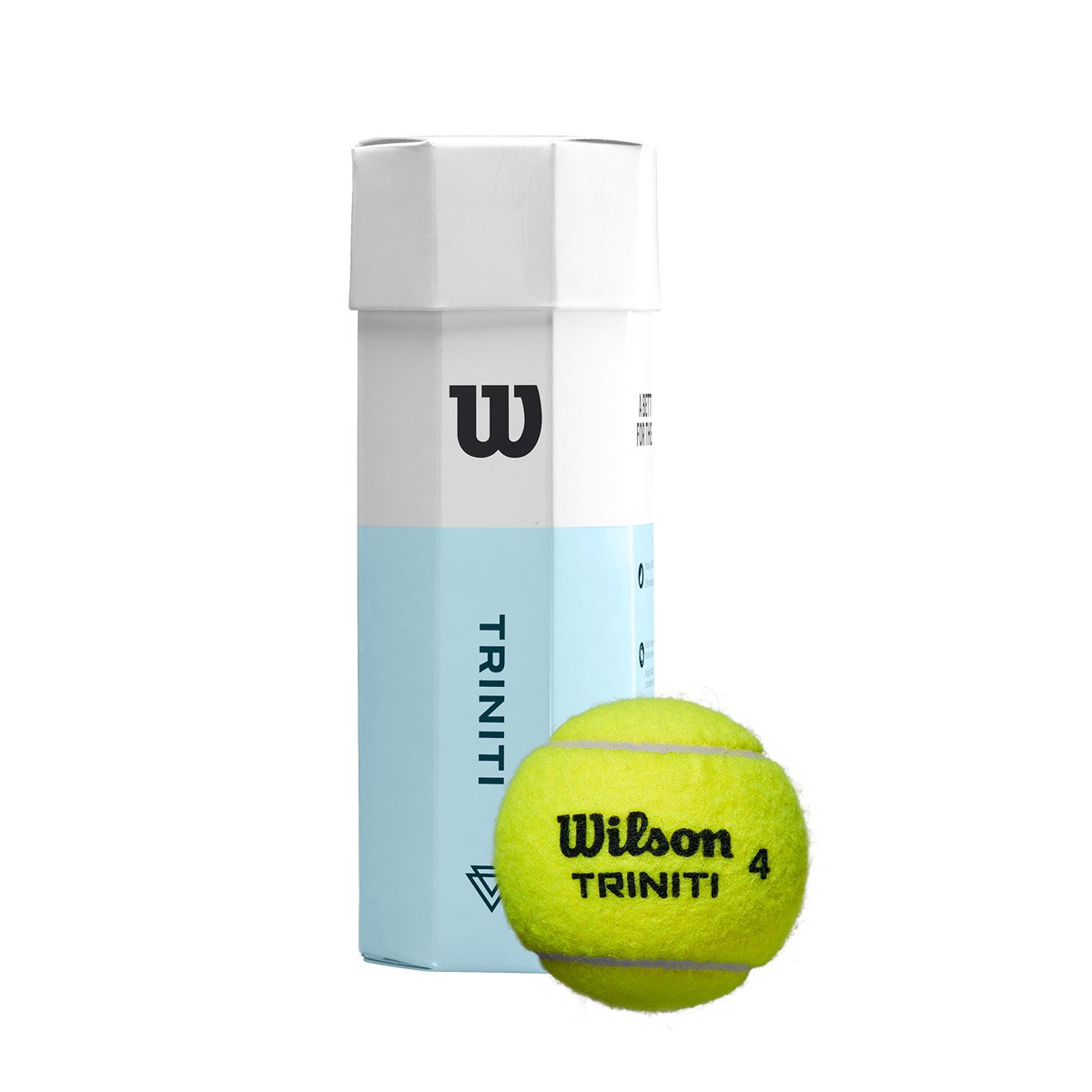
How long do pressurized tennis balls last?
There really is no set answer to this, it really depends on how much tennis you play, on which type of tennis courts, how much spin you create and how hard you hit it… We asked the team at tennis pursuits for their view on this and we think for recreational players the balls will last between 4-6 hours of play fresh out of the can. For the more experienced player who is playing longer hours and giving the ball more spin and power, you can probably half this time!
There is no doubt that the more you play, the more pressure the ball loses. Another factor to consider is the surface, tennis balls wear out much quicker on a hard courts compared to clay courts. And if your dog gets the ball then the ball could last no more than five minutes :).
What standard do tennis balls need to meet?
In line with guidance from the International Tennis Federation List of Approved Tennis Balls | ITF (itftennis.com) they state ‘ The properties of tennis balls are specified by the International Tennis Federation to generate uniformity, and consistency in performance. The ITF Technical Centre houses a specialised climate-controlled testing facility, with the apparatus necessary to accurately measure these properties.’
Frequently Asked Questions
What balls do professional players use?
All competitive players on both the ATP and WTA tours use pressurized balls due to their better bounce.
Which type of balls are cheaper?
As a regular player pressurized balls are more expensive as they wear out quicker.
Do tennis balls go flat?
Unfortunately, the answer is yes. Once the pressure has gone from a pressurized ball, after several hours of play the ball will go flat. Tennis players find that once the bounce has gone from a tennis ball it becomes much harder to enjoy a game of tennis.
If I put the balls back in the can does this keep them fresh?
No. The can might protect old balls and keep them fresher for longer, but once the pressurized air has gone they will start to lose their air pressure.
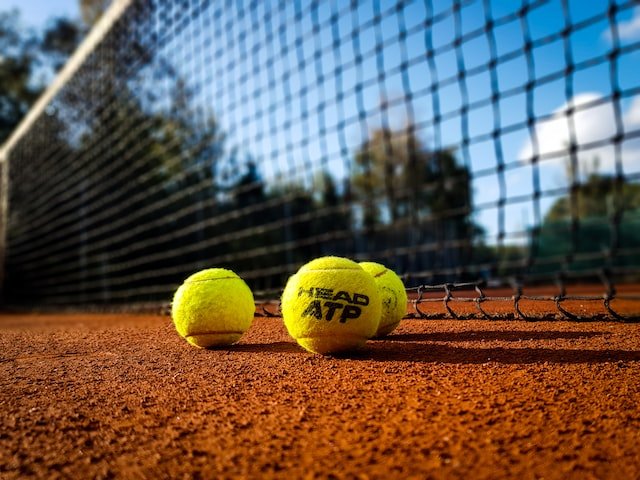
Final thoughts
There is no doubt a pressurized can of tennis balls offer a better ball when it comes to playing competitive matches in tennis. The professionals will only play with pressurized balls at tournaments. If you enjoy competitive match play, the performance of these balls are better. The bounce of the ball is higher and more consistent, the ball can be hit with more spin and the shots move through the court with more place meaning it is easier to hit winning shots. All in all it creates a much better playing environment even at a recreational level.
In our experience if you play regularly (at least once a week and in varying weather conditions from high temperature to indoor courts) your balls will become worn after 3 or 4 times of play. The most forgiving surface for tennis balls is grass courts given the felt does not get worn away as much.
You’re probably thinking if you play a lot of tennis, you’re going to get through a lot of tennis balls at great expense. Not only does this cost money it is also not great for the environment to keep throwing away tennis balls.
If you don’t want to purchase new balls each time, one option is to actually repressurize regular tennis balls with a specialist machine. This is an expensive option with these machines starting at $200. Whilst you will notice the pressure difference on the ball, there is a big difference from a new can of balls. This machine will not repair any damage to the felt.
Non-pressurized balls certainly have a place in the game, they are popular with beginners and children and can be useful when practicing. They are used in most tennis ball machine drills also. We notice the technology is getting better in this area of the market also.
We hope that you found this article useful and as always please get in contact with the Tennis Pursuits team with your feedback, we love hearing from you.

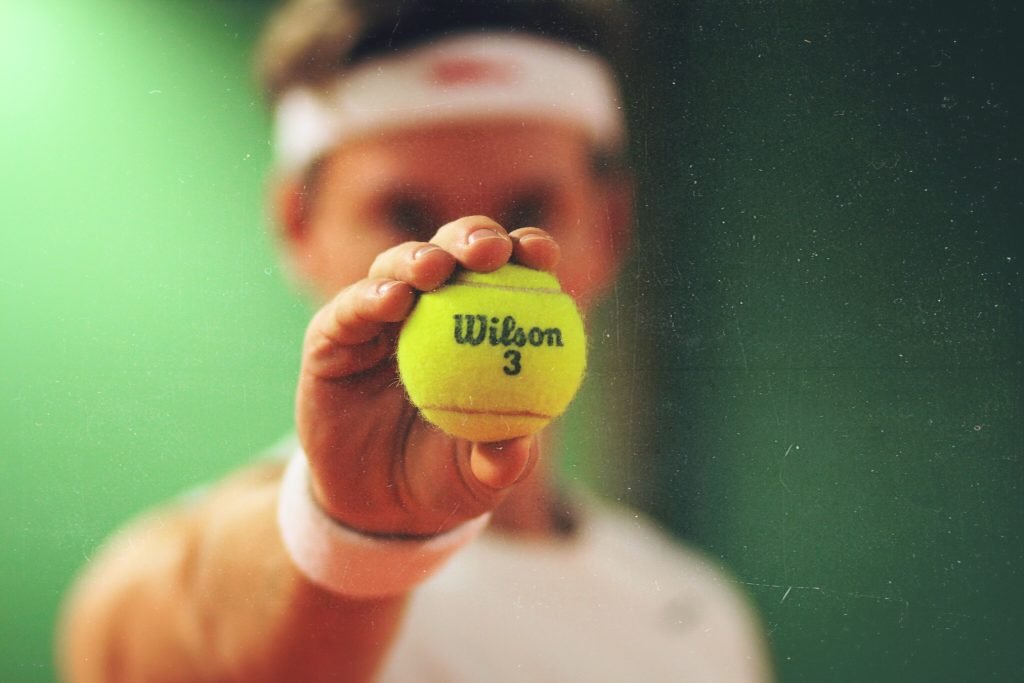
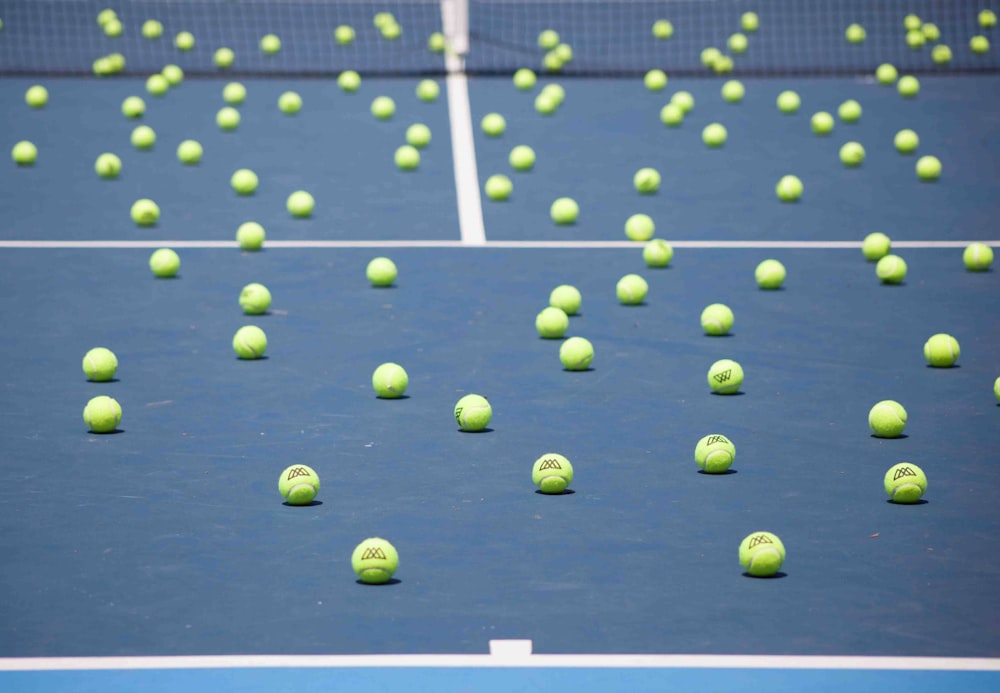
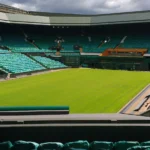
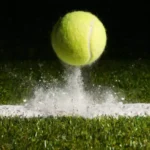
Comments are closed.